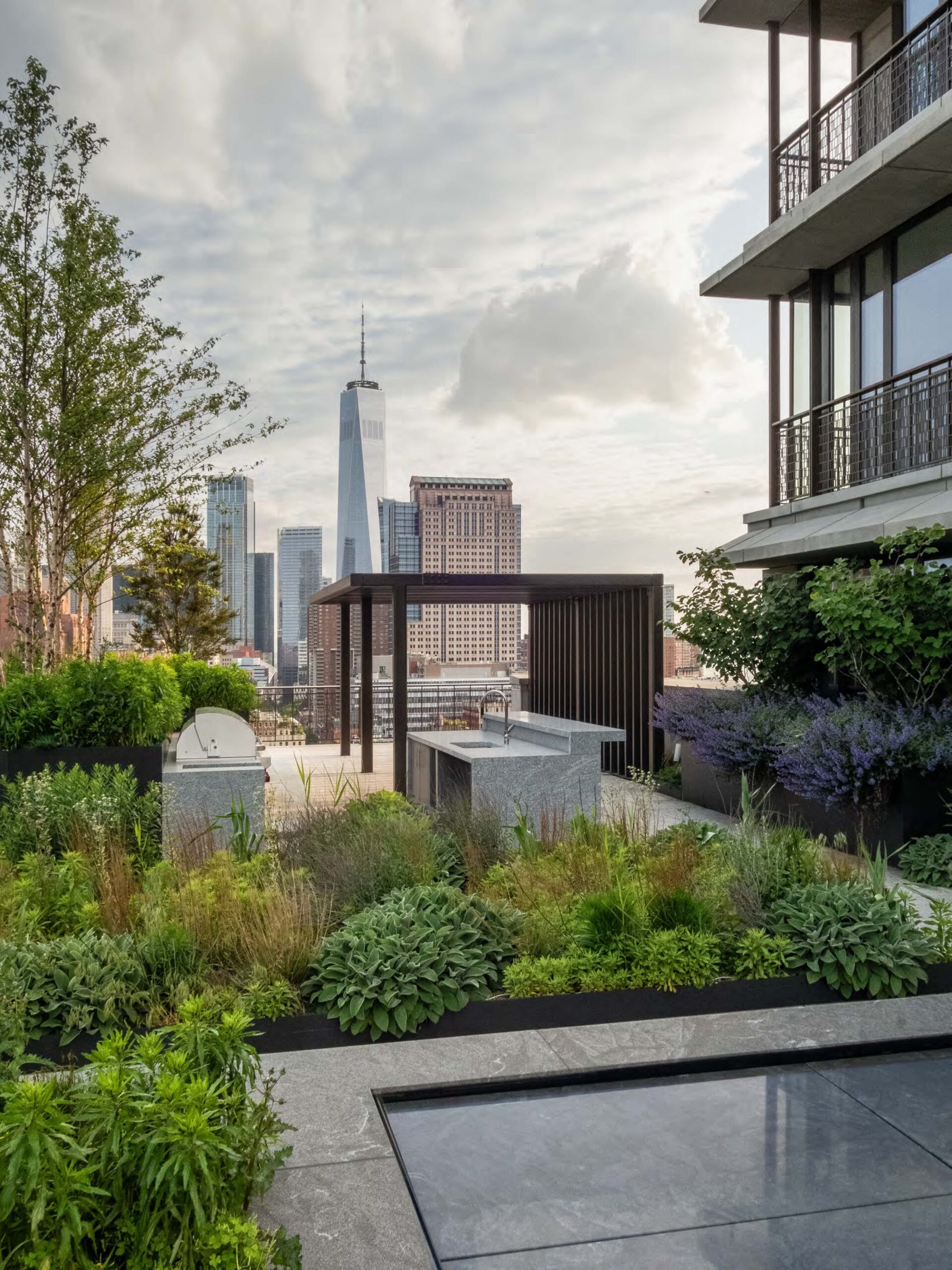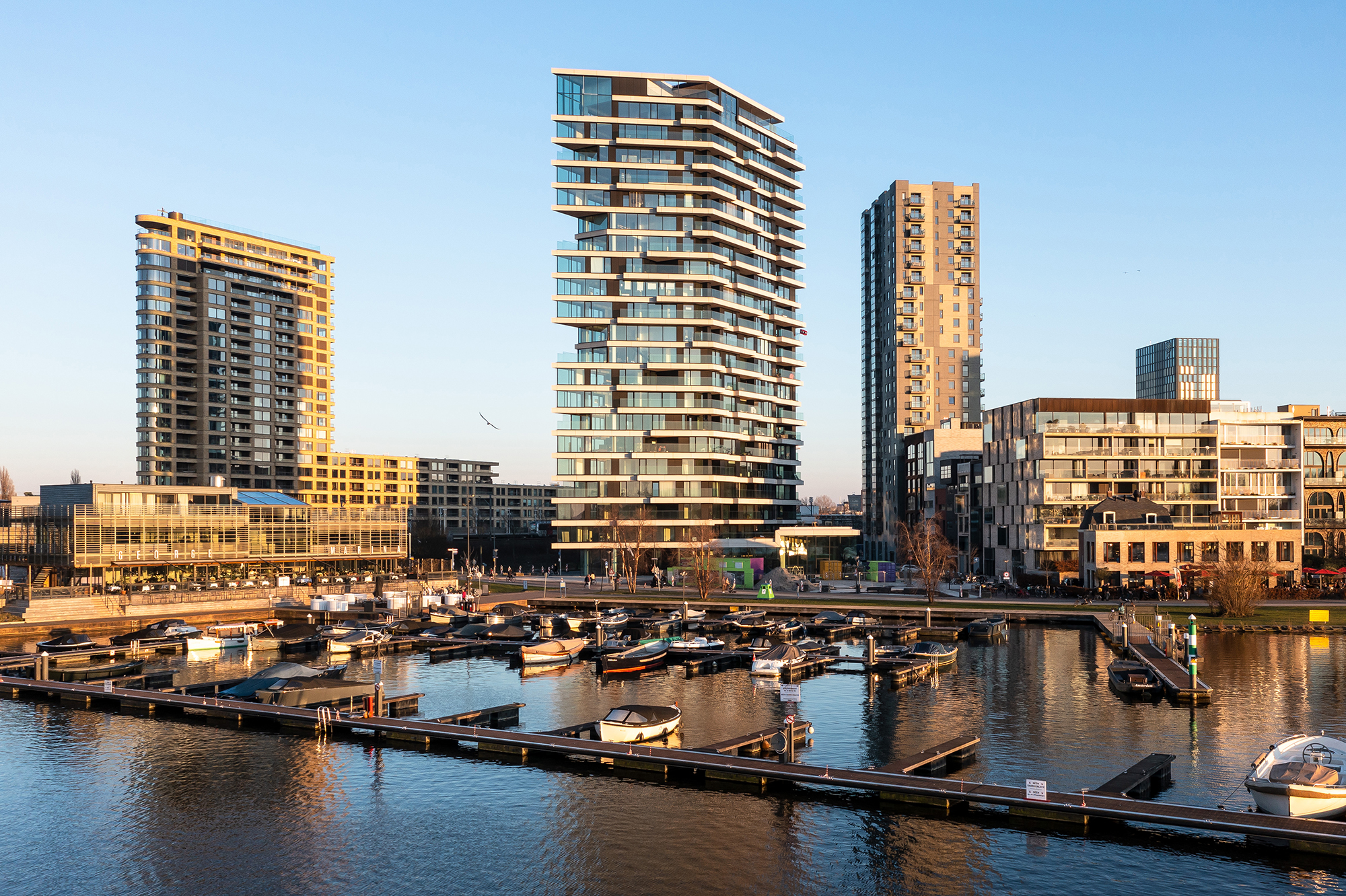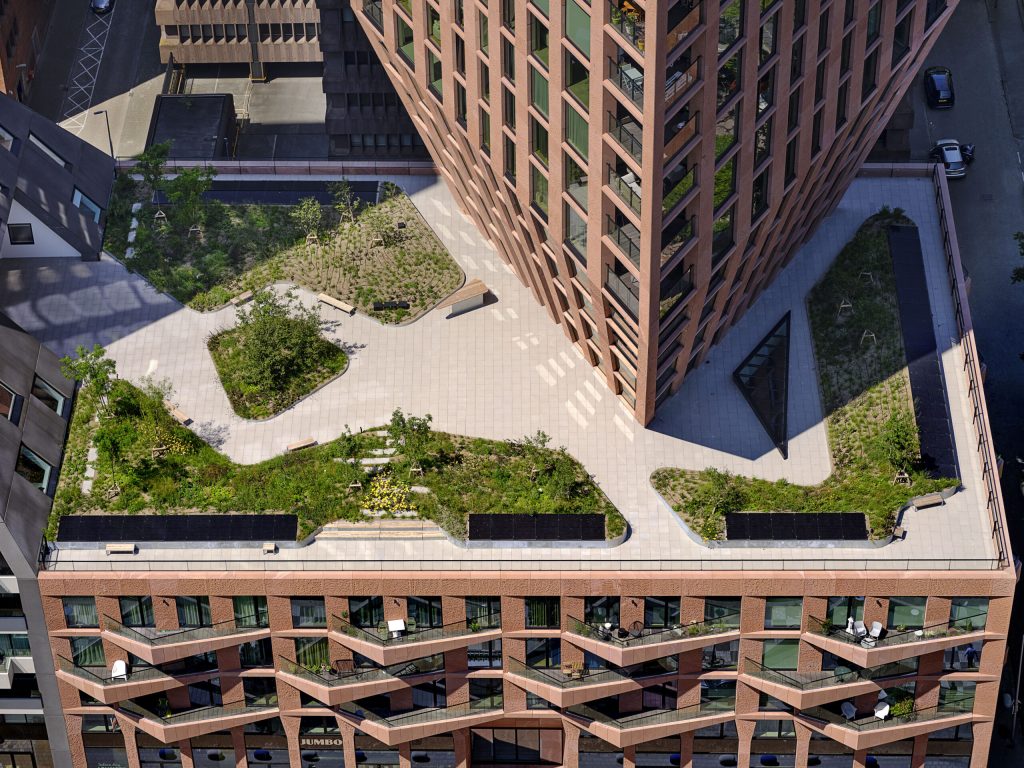For more ways to supercharge your workflow, check out more articles in our Tech for Architects series, which includes our recommendations of Top Laptops for Architects and Designers.
There are many reasons to love Rome: the food, the art, the history. For architects, it is home to some of the most inspirational buildings in the world: the Colosseum, Vittoriano, and St. Peter’s Basilica, to name but a few. However, there is another lesser-known visual spectacle in Rome that has architects around the world talking: massive flocks of starlings.
For centuries, these tiny birds have been drawn to Rome’s deeply textured façades and intricate stonework, creating nesting spots in the many cracks and crevices of its ancient buildings. Rome’s dense mix of historic structures, sheltered courtyards, and warm microclimate have allowed these birds to thrive for generations, delighting locals and tourists alike with their stunning murmurations for many winters.
However, the urban landscape is changing dramatically. Restoration projects and modern construction throughout the city are increasingly favoring smooth materials like polished concrete, steel and glass, none of which offer sheltered spots for nesting. Renovations to historic sites, such as the cleaning and sealing of travertine stone, have further reduced nesting spaces. The city continues to host significant murmurs of starlings in its skies, but their ability to roost and breed within the built environment is diminishing, and it’s not just Rome that’s the problem.
The Tip of the Iceberg: Bird-Safe Glass
Starlings aren’t the only species losing ground. Urban expansion frequently disrupts airborne wildlife. Take New York City. Each year, roughly 230,000 birds collide with reflective skyscraper windows, mistaking mirrored glass for open sky. These fatalities present one of the largest killers of birds in the world. In Sydney, the pressures of urbanization on bats, particularly the grey-headed flying fox, are coming to light. As natural forests have been cleared for housing developments and commercial centers, these bats, key pollinators for native eucalyptus trees, have been forced into smaller roosting sites within city parks and green spaces. Unlike many birds, which can nest in artificial structures, flying foxes require large, interconnected tree canopies to live happy lives.
In both instances, architects and designers are being brought in to consult on finding solutions. Bird-safe glass, for example, that features ultraviolet coatings and subtle etchings, which break up reflections in ways that birds can detect but remain nearly invisible to the human eye, is becoming more and more popular with many champions of the technology campaigning to make it essential in buildings of heights above 75 feet (23 meters), or the primary flight zone for many bird species. In New York, regulations now require bird-safe glass for all new construction up to 85 feet (26 meters) to reduce the number of collisions.
Vertical Forests and Green Corridors
100 Vandam by COOKFOX Architects, New York City, New York
Sydney’s architects and urban planners are introducing vertical forests and green corridors, effectively extending the city’s canopy through high-rise structures covered in vegetation. It is an initiative that not only supports displaced wildlife like the grey-headed flying fox but also as a way of mitigating urban heat, controlling air pollution, and enhancing stormwater management.
Undoubtedly, green roofs and living walls contribute to biodiversity, though much of their effectiveness depends on plant selection and placement. Monarch butterflies in North America, for example, rely on milkweed and other native plants as larval host species, but often “green” developments will choose aesthetics over function, planting non-native species. For pollinators, these non-native plants actually offer little value and do nothing to help increase biodiversity numbers. Studies by Cornell University have shown that butterfly populations thrive in cities that integrate native vegetation into rooftop gardens and green infrastructure projects. Their research indicates that urban spaces with native plantings can increase pollinator activity by up to 50% compared to ornamental plantings. The importance of ecology-driven design choices by architects and designers cannot be overstated.
From Lighting to “Swift Bricks”

100 Vandam by COOKFOX Architects, New York City, New York
Lighting is another crucial, often-overlooked factor that affects urban wildlife. Artificial light pollution disrupts the circadian rhythms of nocturnal species and confuses migratory birds that navigate using celestial cues. Studies in Toronto, where thousands of birds die each year due to disorientation caused by excessive lighting, have led to the implementation of bird-friendly lighting guidelines. These measures include motion-activated lighting, downward-facing fixtures, and warmer-colored LED bulbs, all of which help reduce avian casualties without reducing functionality.
One of the simplest and most effective interventions for avian conservation in cities is using “swift bricks.” These are specially designed nesting boxes that are built into the masonry of modern buildings, mimicking the deep crevices found in older stonework. Unlike traditional birdhouses, swift bricks are designed to be unobtrusive, blending into contemporary structures as part of the overall design. They have been successfully incorporated into new residential developments across the UK, where local planning regulations encourage their inclusion in new build properties after the species was added to the “red list” of endangered birds in 2021, when its population fell by 58% from 1995-2018. Typically placed at least five meters above ground level, swift bricks provide safe nesting sites without too much crossover between the nesting birds and the homeowners.
Learning From the Past

HAUT Amsterdam by Team V Architecture, Amsterdam, Netherlands.
History often offers essential lessons for today’s architects. Rome’s textured façades, built for their beauty and grandeur, once unintentionally housed a diverse array of bird populations. From those earliest architectural wonders, it has been clear that material choices shape urban ecology for better or worse. Sadly, many of today’s modern architects have forgotten, and our preference for glossy, seamless buildings has led to substantial ecological losses in cities worldwide.
Yet, there is always time to turn things around, and by choosing to incorporate varied surface textures, modular nesting elements, and considered lighting solutions, architects can design a world where humans can live harmoniously with our avian neighbors. Rome’s starlings are a reminder that urban wildlife is deeply linked to the built environment. Their decline makes it clear that how we design buildings must evolve to prioritize animal-safe materials, habitat-conscious design, and an awareness of ecological impact. In doing so, we can actively reverse the increase in biodiversity loss across the world, and the Starlings can continue to delight Rome’s visitors for generations to come.
For more ways to supercharge your workflow, check out more articles in our Tech for Architects series, which includes our recommendations of Top Laptops for Architects and Designers.
Top image: The Muse & CasaNova by Barcode Architects, Rotterdam, Netherlands.

